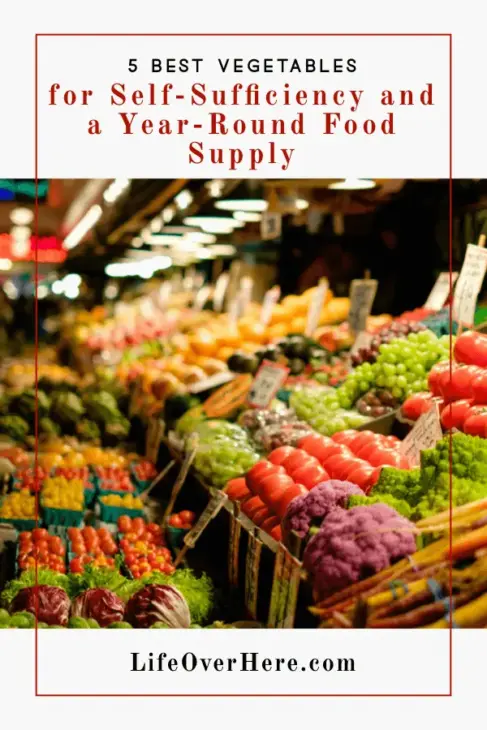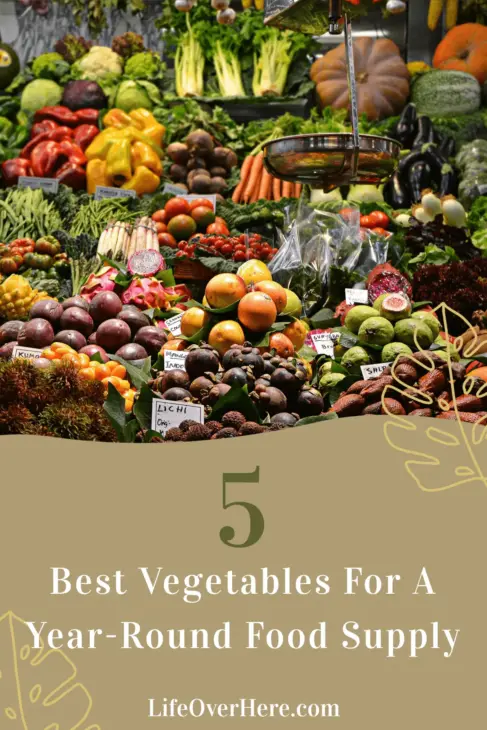It’s a dream many of us homesteaders share – being able to walk out to the backyard and harvest fresh, nutritious fruits and veggies for our meals. Cutting out those pricey grocery runs and feeling that sense of pride in putting food on the table from your own two green thumbs. Sounds amazing, right? Well, with some clever planning, it’s totally doable. Here are the top vegetables to focus on for maximum self-sufficiency:
Potatoes: The Humble Powerhouse
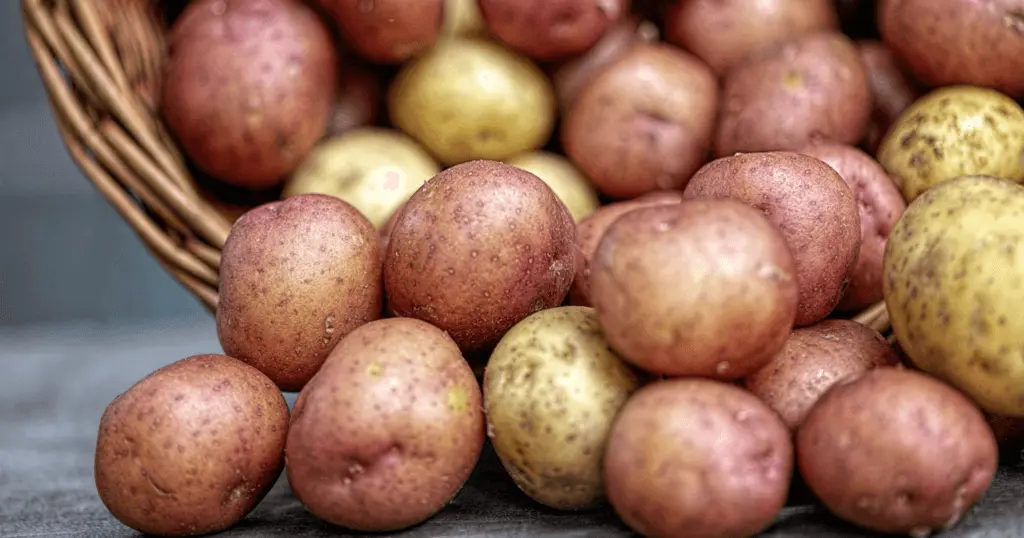
When you need a crop that’ll keep you fed all year round, look no further than the trusty potato. These underground tubers are absolute champs in the calorie and nutrition department. Stuff a few potato plants in your patch and you’re practically guaranteed a steady supply of belly-filling spuds. My pro tip? Go for mid- and late-season varieties – they’ll stick around in storage way longer than those early uber-perishable ones.
Tomatoes: Summer’s Bright Superstars
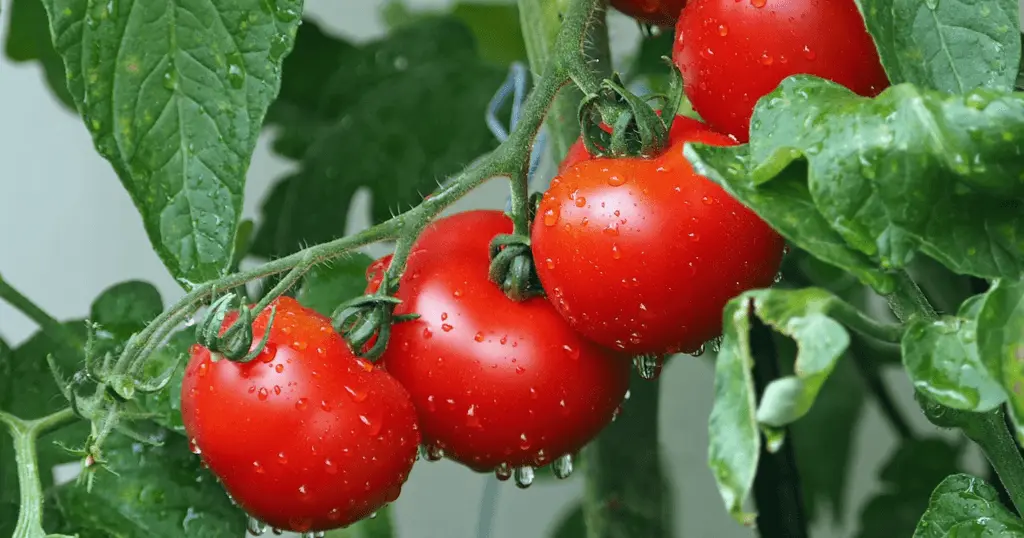
No home garden is complete without a solid tomato game. Come summertime, a bumper crop of these striped beauties means salsa, sauce, juice – you name it – for days. Canning up a storm when they’re in season ensures you’ve got a taste of summer all year long. My personal faves are the classic beefsteaks, but cherries are likewise a low-maintenance, high-yield option.
Beans: The Protein-Packed MVPs
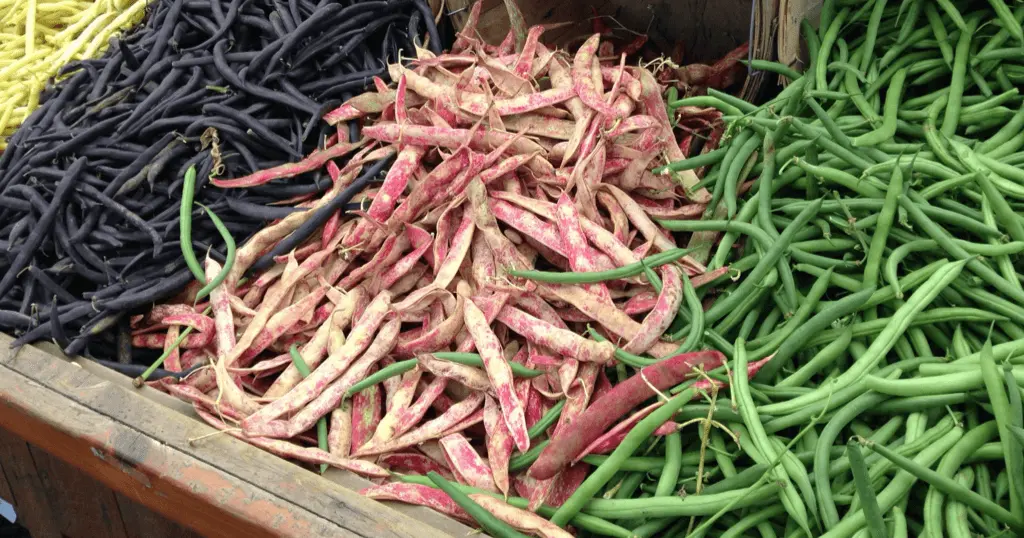
As a vegetable gardener, it’s hard to beat beans when you want a protein boost. Dry beans couldn’t be easier to store and rehydrate for hardy meals. But don’t sleep on fresh snap or shelling varieties either – they’re loaded with fiber, folate, and energy-supplying carbs. Plus, their vines help replenish soil nitrogen. Win-win!
Winter Squash: Storage Superstars
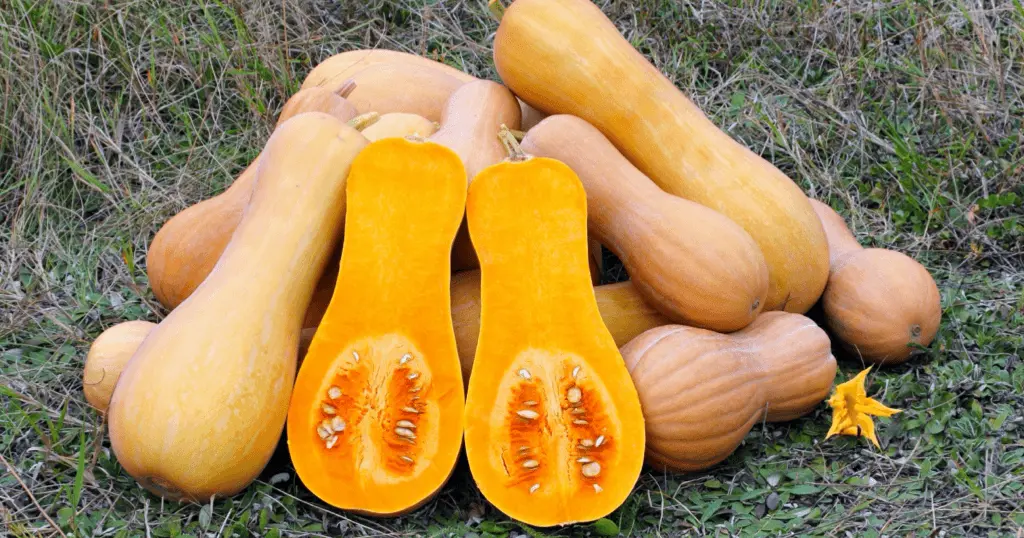
These hard-shelled gourds might just be the garden’s biggest overachievers. Once cured properly, varieties like butternut, acorn, and hubbard can last 6 months or more with little fuss. Talk about a handy nutrient lode to get you through those chilly months! My advice? Grow a dozen or two extra for bartering and gifting to friends – you’ll still have plenty to last your household.
Leafy Greens: Nutrient-Dense Delights
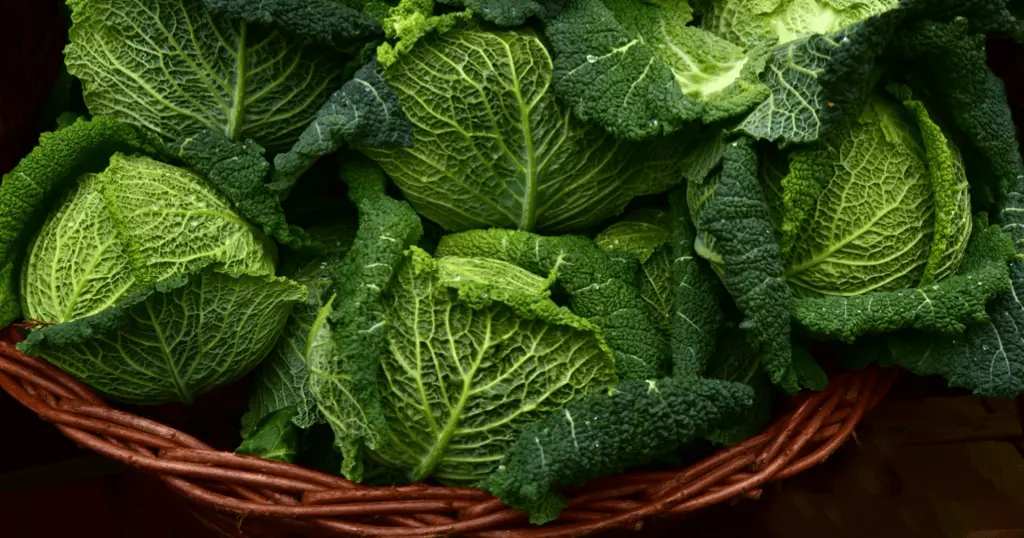
When it comes to sheer nutritional bang for your buck, it’s hard to top leafies like kale, spinach, and chard. Plant these cool-weather superstars in succession and you’ll enjoy an endless rotation of vitamin- and mineral-loaded salads, slaws, and sautés all season long. Freeze or dehydrate extra batches for the off-season too.
Growing your own food is like printing your own money.
Ron Finley
With a smart veggie plot stocked with powerhouse crops like these, you’ll essentially be minting an edible currency that keeps on giving. So roll up those sleeves and get planting – a menu of homegrown abundance awaits!
